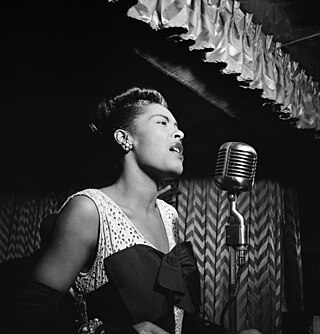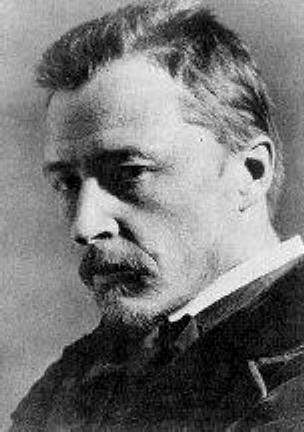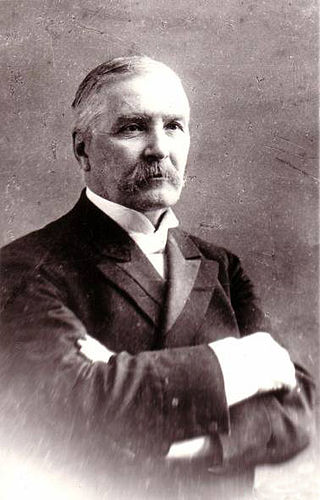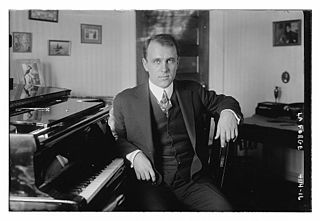
An art song is a Western vocal music composition, usually written for one voice with piano accompaniment, and usually in the classical art music tradition. By extension, the term "art song" is used to refer to the collective genre of such songs (e.g., the "art song repertoire"). [1] An art song is most often a musical setting of an independent poem or text, [1] "intended for the concert repertory" [2] "as part of a recital or other relatively formal social occasion". [3] While many vocal music pieces are easily recognized as art songs, others are more difficult to categorize. For example, a wordless vocalise written by a classical composer is sometimes considered an art song [1] and sometimes not. [4]
Contents
- Languages and nationalities
- Form
- Performance and performers
- Composers
- English
- American
- Austrian and German
- French
- Romanian
- Spanish
- Latin American
- Italian
- Eastern European
- Nordic
- Russian
- Ukrainian
- Welsh
- Asian
- Afrikaans
- Arabic
- See also
- Footnotes
- References
- Further reading
- External links
Other factors help define art songs:
- Songs that are part of a staged work (such as an aria from an opera or a song from a musical) are not usually considered art songs. [5] However, some Baroque arias that "appear with great frequency in recital performance" [5] are now included in the art song repertoire.
- Songs with instruments besides piano (e.g., cello and piano) and/or other singers are referred to as "vocal chamber music", and are usually not considered art songs. [6]
- Songs originally written for voice and orchestra are called "orchestral songs" and are not usually considered art songs, unless their original version was for solo voice and piano. [7]
- Folk songs and traditional songs are generally not considered art songs, unless they are art music-style concert arrangements with piano accompaniment written by a specific composer [8] Several examples of these songs include Aaron Copland's two volumes of Old American Songs , the Folksong arrangements by Benjamin Britten, [9] and the Siete canciones populares españolas (Seven Spanish Folksongs) by Manuel de Falla.
- There is no agreement regarding sacred songs. Many song settings of biblical or sacred texts were composed for the concert stage and not for religious services; these are widely known as art songs (for example, the Vier ernste Gesänge by Johannes Brahms). Other sacred songs may or may not be considered art songs. [10]
- A group of art songs composed to be performed in a group to form a narrative or dramatic whole is called a song cycle.










